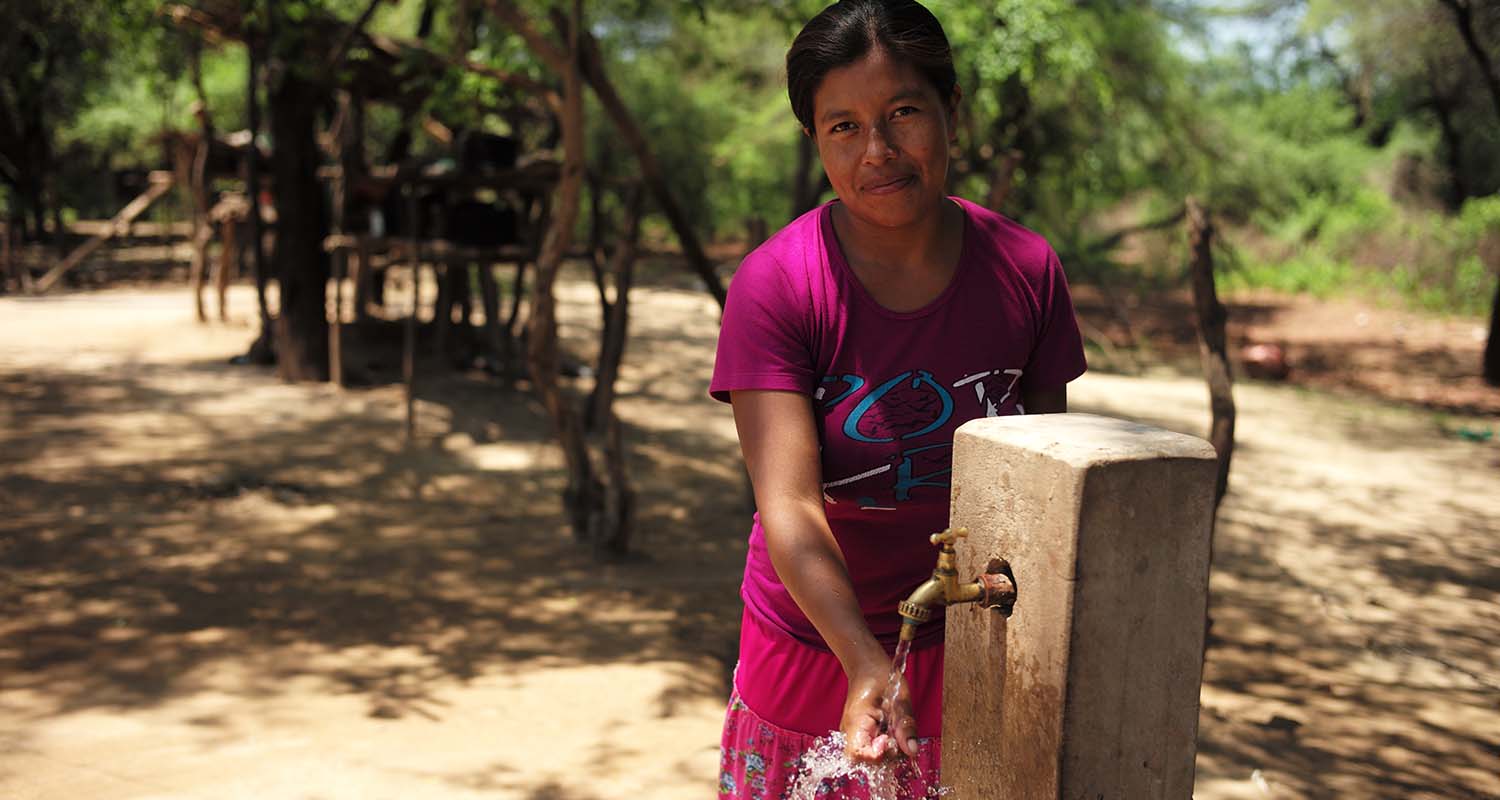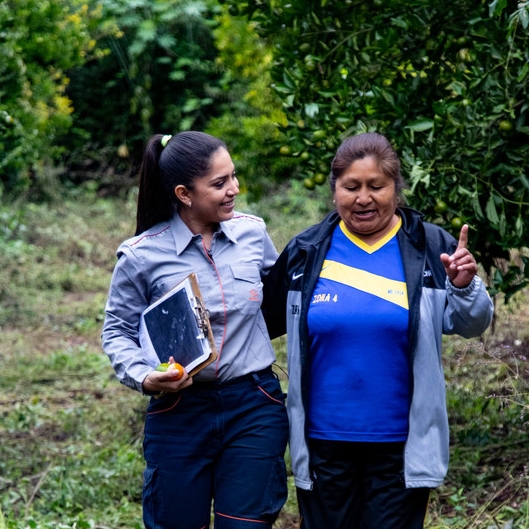Grievance mechanisms
The company is committed to remediating adverse impacts in an agreed manner with the affected parties in order to achieve effective and satisfactory remediation.
In case negative impacts are detected, the affected population is identified, the nature and magnitude of the impacts are evaluated following recognized international standards, and a resolution is proposed, which is then discussed with affected parties in order to find a satisfactory agreement.
The affected population is identified, the nature and magnitude of the impacts are evaluated following international standards, and a resolution is proposed, which is then discussed with affected parties in order to find a satisfactory agreement.
Grievance mechanisms are a valuable source of information that help to detect potential human rights impacts on communities, contractors, partners, customers, and other stakeholders.
What are these mechanisms?
We designed them according to the United Nations Guiding Principles on Business and Human Rights, which establish that grievance mechanisms must be:
- Legitimate: To build the trust of the stakeholders they are intended for and ensure that the grievance processes are carried out correctly.
- Accessible: To be known to all stakeholder groups they are intended for and provide adequate assistance for those who may have special difficulties accessing them.
- Predictable: To provide a clear and known procedure with an indicative time frame for each stage and clarity on the types of processes and outcomes available as well as the means to monitor implementation.
- Equitable: To ensure that victims have reasonable access to sources of information, advice, and expertise necessary to engage in a grievance process on an equal basis, with full information and respect.
- Transparent: To keep the parties to a grievance process informed about its progress and provide sufficient information on the mechanism's performance to build trust in its effectiveness and safeguard the public interest at stake.
- Compatible with rights: To ensure that the outcomes and reparations are in accordance with internationally recognized human rights.
- A source of continuous learning: To adopt the relevant measures to identify lessons for improving the mechanism and preventing future grievances and damages.
Our ambition lies in enabling these mechanisms to significantly contribute to the sustainability of our operations.
What is the process?
From the moment reports and claims are received to when they are closed, the entire process can take at least a month. Nonetheless, this time required could vary depending on the complexity of the issue.
- Identification of claims and complaints
- Registration, analysis, and classification
- Alerting concerned parties
- Investigation of causes
- Dialogue with the parties placing the claim or complaint
- Analysis with all parties involved
- Generation of options for solving the matter and steps for improvement
- Creation of solutions for the party placing the claim or complaint
- Solution agreement to reach a compromise
- Drafting of report and follow-up
Claims are classified based on the nature of the complaint once it has been registered. The personnel that receives the complaint determines the degree of severity of the claim and transmits the information so that it may be handled at the proper level.
In this way, minor claims are resolved and closed immediately without requiring a thorough investigation whereas more relevant claims are managed at the local level and transferred to the expert team in Human Rights and Community Relations within the Division of Sustainability and if necessary, are then escalated to members of the Executive Committee for their knowledge and possible management.
Promoting dialogue and communication
We promote a culture of respect for human rights and continual dialogue that creates an environment of trust for expressing, without the need for confidentiality provisions and without fear of retaliation, any complaint or claim by our employees and the communities around us, including human rights defenders, whose work we respect and take into consideration, and in no way we block or misrepresent any information shared.
This context and the conviction that respect for human rights in all our activities is an indispensable condition to maintain our social license to operate, ensure that our communities do not find themselves compelled to waive their rights to issue a claim and obtain an active hearing and a commitment on our part.
Our commitment governs our action
We undertake our commitment to human rights and lay it out in our codes of conduct, policies, rules of procedure, and framework agreements that govern all our actions.
We encourage strict compliance with our principles among our contractors and partners, and in no case shall a claim or suggestion lead to retaliation of any kind (legal action, firing, or violence). To this end, we include clauses in contracts, carry out social audits, and support them with awareness-raising activities.
Our Human Rights and Community Relations Policy (PDF l 53 KB) specifically outlines a commitment to establish operational-level grievance mechanisms that adapt to each particular activity from the moment it begins and as early on as possible in the planning of the project. Ultimately, the aim is for people directly affected by company operations to be able to raise any potential human rights impacts.
As of today, there is an operational-level grievance mechanism in our operations to handle claims mainly from local communities but also from employees, suppliers, contractors, and other organizations. Such mechanisms are adapted to every context. The implementation of our incident grievance mechanisms follow an extensive process that is based on the following system:
- Establishing existing operational grievance mechanisms at the location.
- Supporting the IPIECA project methodology.
- Development of a guide on how to efficiently implement grievance mechanisms.
- Implementing new projects and improving the existing ones.
- Follow-up and control.
The final design of the grievance mechanism depends on the specific characteristics of the communities and groups they are intended for. This is achieved thanks to the information collected since the initial phases of the projects, during the social baseline studies, and in the previous risks and impact assessments, but it extends to the entire life of the assets or projects. The methodology of all these studies and assessments includes direct and two-way communication with stakeholders through participatory dialogue. This facilitates a design adapted to the target population and allows for its continuous improvement over time.



